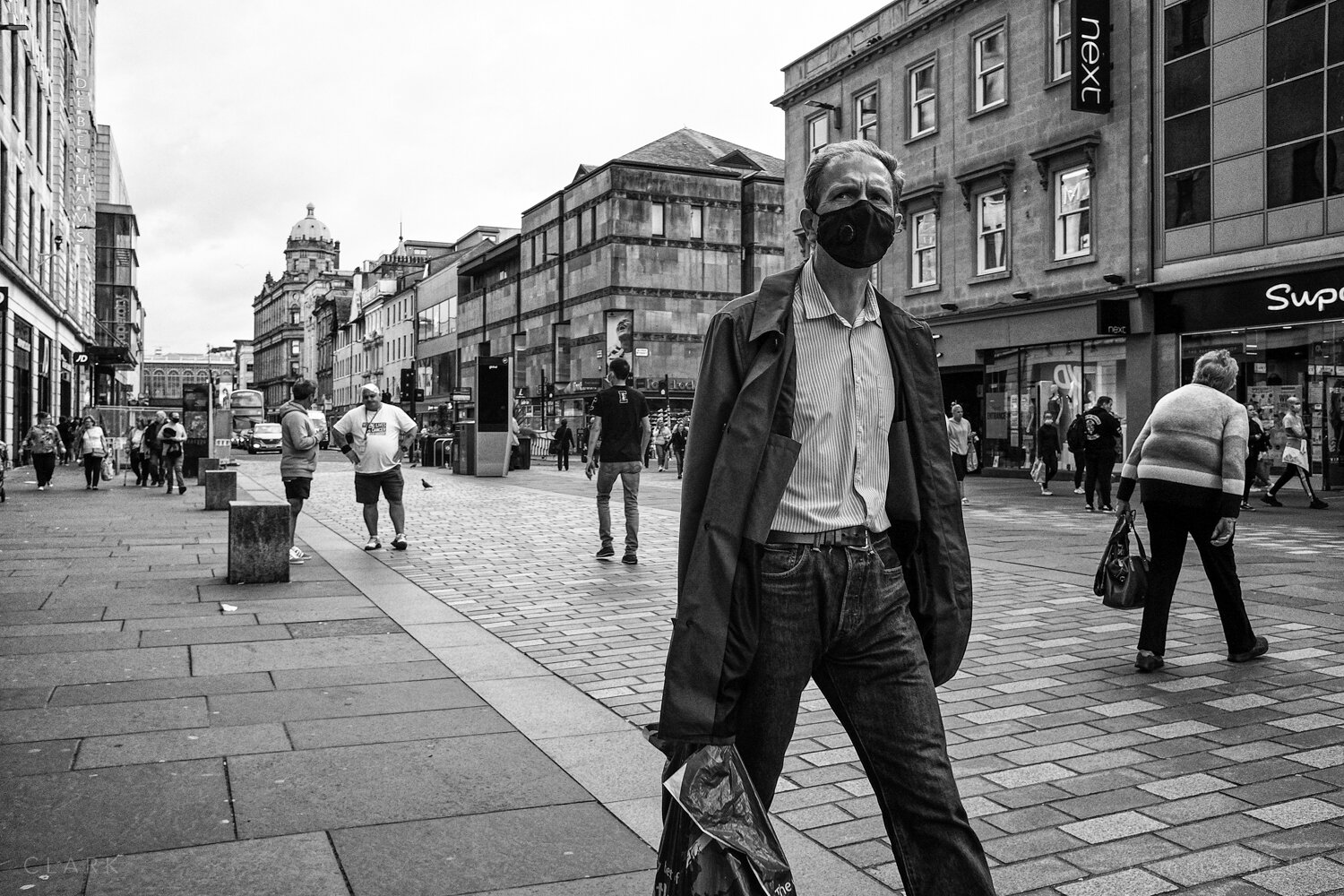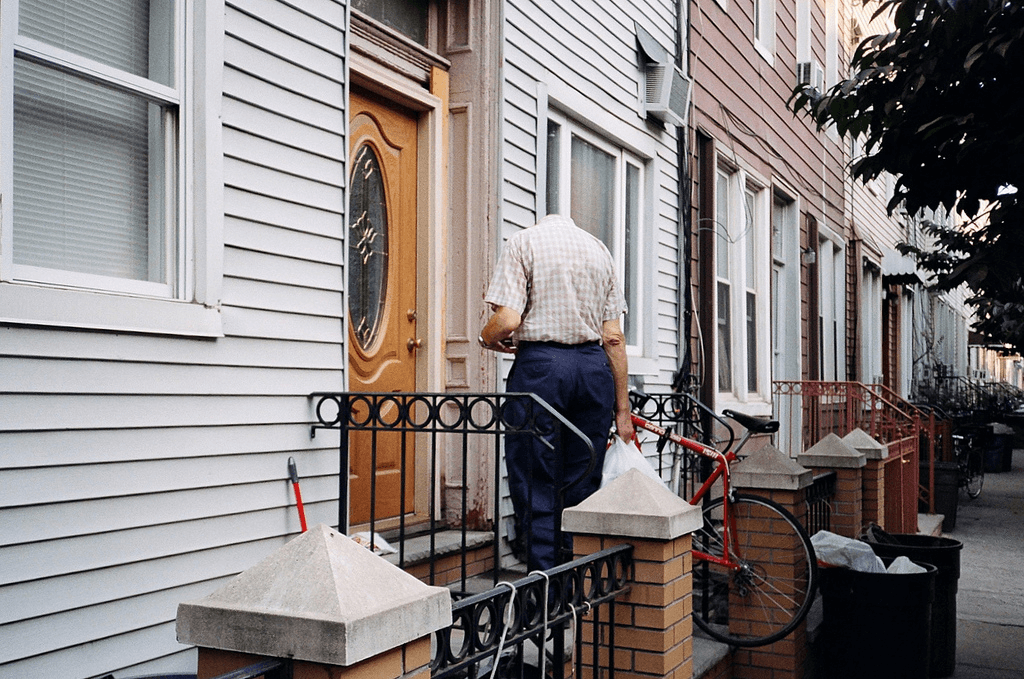The Best Guide To Street Photographers
The Best Guide To Street Photographers
Blog Article
A Biased View of Street Photographers
Table of ContentsNot known Incorrect Statements About Street Photographers The Only Guide to Street PhotographersStreet Photographers Can Be Fun For EveryoneStreet Photographers - The Facts5 Simple Techniques For Street Photographers
, a genre of digital photography that records daily life in a public area. The actual publicness of the setting allows the digital photographer to take candid pictures of complete strangers, typically without their knowledge. Road photographers do not necessarily have a social objective in mind, yet they like to separate and record minutes which might otherwise go unnoticed.He was affected by several of those that affected the street photographers of the 1950s and '60s, he was not primarily interested in recording the spirit of the road. The impulse to aesthetically record people in public began with 19th-century painters such as Edgar Degas, douard Manet, and Henri de Toulouse-Lautrec, who worked side by side with photographers attempting to catch the significance of metropolitan life.
Due to the relatively primitive technology offered to him and the lengthy exposure time called for, he had a hard time to record the pressure of the Paris streets. He tried out with a series of photo approaches, attempting to locate one that would certainly enable him to catch activity without a blur, and he located some success with the calotype, patented in 1841 by William Henry Fox Talbot. Unlike Atget, photographer Charles Marville was employed by the city of Paris to produce an encyclopaedic file of Haussmann's city planning task as it unravelled, hence old and new Paris. While the photographers' subject was essentially the same, the results were markedly different, showing the influence of the photographer's bent on the personality of the images he generated.
Street Photographers Things To Know Before You Get This
Given the fine quality of his photos and the breadth of material, engineers and artists often bought Atget's prints to utilize as recommendation for their own work, though commercial passions were hardly his major motivation. Instead, he was driven to photo every last residue of the Paris he loved. The mingled passion and urgency of his objective sparkle through, resulting in photographs that tell his very own experience of the city, high qualities that prepared for road digital photography of the 20th century.

Unlike his peers, Brassa used a larger-format Voigtlnder cam with a longer exposure time, compeling him to be much more calculated and thoughtful in his technique than he might have been if making use of a Leica.

4 Easy Facts About Street Photographers Described
It is due to this basic understanding of the art of image taking that he is commonly credited with rediscovering the medium all over once again about a century because its invention. He took photos for greater than a half century and influenced generations of photographers to trust their eye and intuition in the moment.
These are the concerns I will attempt to answer: And after that I'll leave you with my own meaning of road digital photography. Yes, we do. Allow's start with defining what a definition is: According to it is: "The act of specifying, or of making something precise, distinct, or clear".
No, definitely not. The term is both limiting and misguiding. Appears like a road digital photography should be photos of a roads best?! And all street professional photographers, besides a handful of absolute novices, will completely appreciate that a street is not the key component to street digital photography, and in fact if it's read more a photo of a road with perhaps a few boring people not doing anything of rate of interest, that's not street digital photography that's a photo of a road.
Excitement About Street Photographers
He makes a valid factor don't you assume? Nonetheless, while I agree with him I'm unsure "honest public photography" will certainly capture on (although I do sort of like the term "candid photography") because "road digital photography" has actually been around for a very long time, with several masters' names affixed to it, so I think the term is right here to remain.
Inside?! I hear you scream as you drink your clenched fist to the skies. Why not? You can fire at the beach, at a festival, in a street, in a park, in a piazza, in a cafe, at a museum or art gallery, in a city station, at an occasion, on a bridge, under a bridge ...
Yes, I hesitate we have no option! Without policies we can not have a definition, and without an interpretation we don't have a style, and without a style we don't have anything to specify what we do, therefore we are stuck in a "policies meaning style" loop! And no-one wishes to obtain stuck in a loophole. - Street Photographers

Report this page